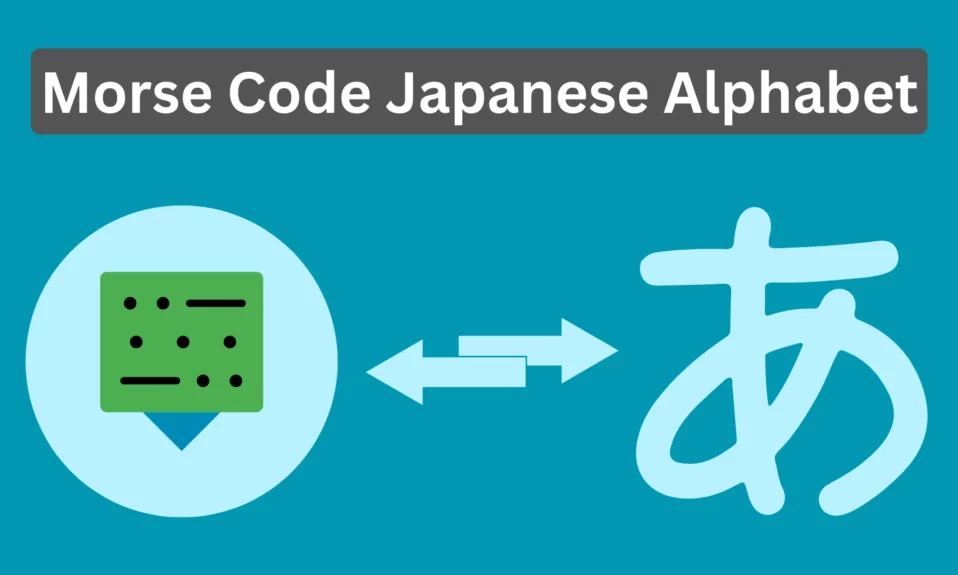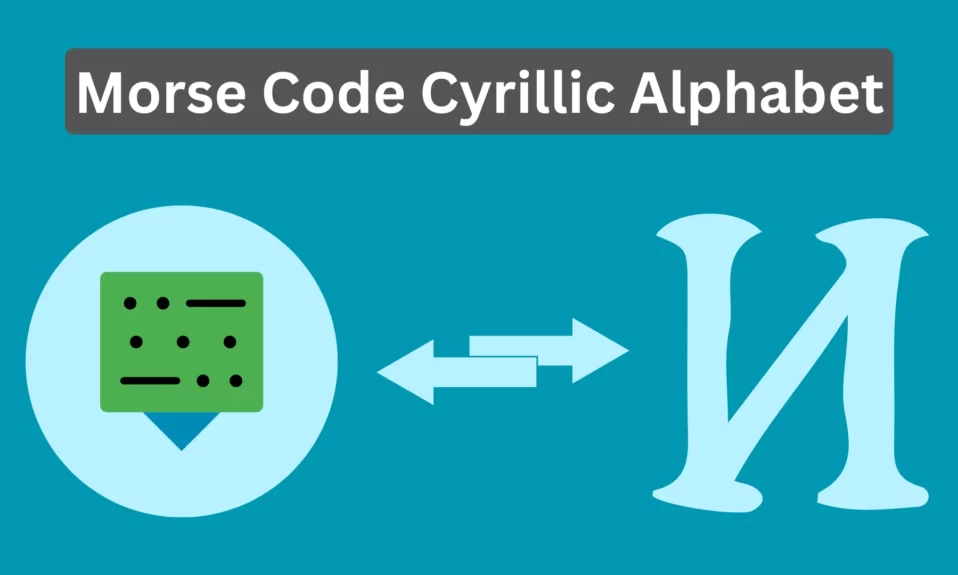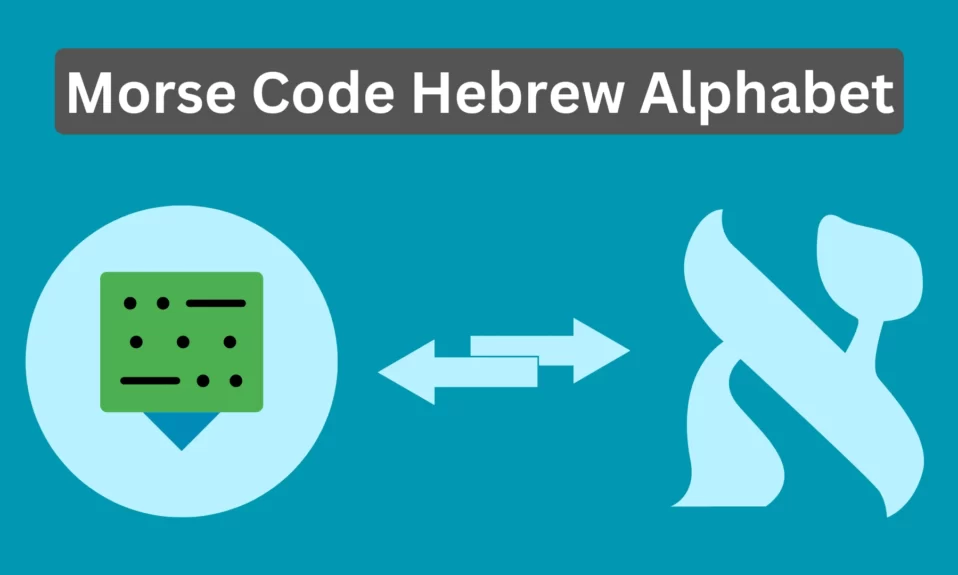
Korean Letters
| ㄱ | .-.. | ㄴ | ..-. | ㄷ | -... |
| ㄹ | ...- | ㅁ | -- | ㅂ | .-- |
| ㅅ | --. | ㅇ | -.- | ㅈ | .--. |
| ㅊ | -.-. | ㅋ | -..- | ㅌ | --.. |
| ㅍ | --- | ㅎ | .--- | ㅏ | . |
| ㅑ | .. | ㅓ | - | ㅕ | ... |
| ㅗ | .- | ㅛ | -. | ㅜ | .... |
| ㅠ | .-. | ㅡ | -.. | ㅣ | ..- |
More About Korean Alphabet
The Korean alphabet, known as Hangul (한글), was created by King Sejong the Great and a group of scholars in the 15th century. It is unique in that it is an alphabet designed for the Korean language, with each character representing a distinct sound.
For those intrigued by the relationship between Hangul characters and other linguistic systems, exploring their potential parallels with Morse code symbols using a Morse code translator can provide a captivating perspective on their interconnectedness and similarities in encoding communication.
Here is the Korean alphabet from start to finish:
Consonants (자음):
- ㅂ (b)
- ㅈ (j)
- ㄷ (d)
- ㄱ (g)
- ㅅ (s)
- ㅁ (m)
- ㄴ (n)
- ㅇ (ng)
- ㄹ (l/r)
- ㅎ (h)
Vowels (모음):
- ㅏ (a)
- ㅓ (eo)
- ㅗ (o)
- ㅜ (u)
- ㅡ (eu)
- ㅣ (i)
- ㅐ (ae)
- ㅔ (e)
- ㅚ (oe)
- ㅟ (wi)
- ㅞ (we)
- ㅙ (wae)
- ㅘ (wa)
- ㅝ (wo)
- ㅢ (ui)
- ㅑ (ya)
- ㅕ (yeo)
- ㅛ (yo)
- ㅠ (yu)
Please note that the list includes both consonants and vowels for completeness. However, the first 14 characters are consonants, and the remaining 18 are vowels. Additionally, some of the characters represent combined sounds.
Keep in mind that Korean is a phonetic language, so each character corresponds to a specific sound, which makes it relatively easy to learn the alphabet. Practice and exposure to the language will help you become more comfortable with reading and writing in Hangul.




